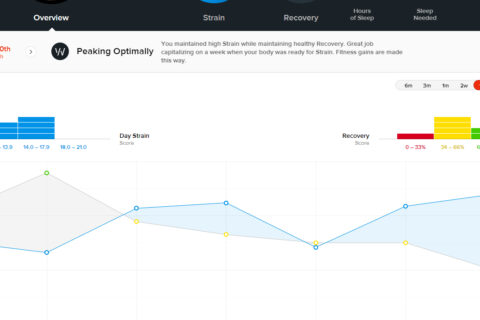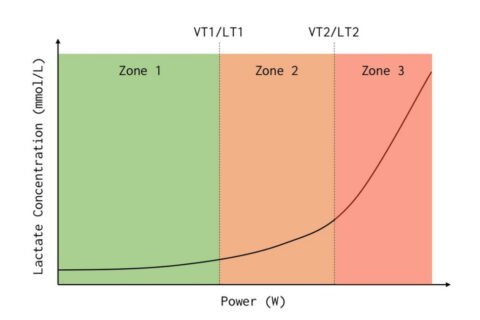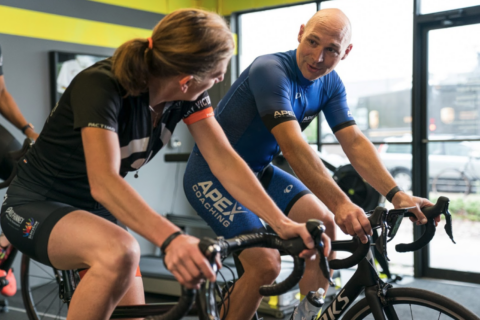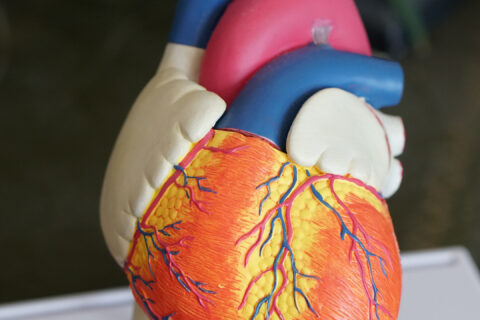
Dr. Seiler: Short Interval Stacks, Part 1
Interval training sessions with repeats of 30:30s, 40:20s, and 30:15s have become very popular. How does the (endurance-trained) body respond to this type of high-intensity interval prescription?

Interval training sessions with repeats of 30:30s, 40:20s, and 30:15s have become very popular. How does the (endurance-trained) body respond to this type of high-intensity interval prescription?

Working on strength, stretching, and stability a few times a week will help keep knee pain away.

Learn how to monitor and change your sleep to get the most out of every night with Dr. Shona Halson, sleep researcher and former director of the Australian Olympic Committee Recovery Centre.

Coach Grant Holicky and head coach Ryan Kohler teach you how to analyze cyclocross power files in TrainingPeaks.

Coach Connor walks through the Whoop dashboard, analyzes his data, and points out some peculiarities of his physiology that are only revealed through Whoop data.

We dive into the physiology and physics of climbing by bike, and offer tips on how you should climb given your type of engine.

Physical therapist, Ron Kochevar, deconstructs his belief systems around your individual capabilities such as pain and being in the right mental space to help your body heal.

Dr. Stephen Seiler explains the endurance training zones schemes he uses in research (3 zones) and in practice working with Norwegian coaches and athletes (5 zones) as part of the Norwegian Olympic Federation model.

You have an engine that needs fueling. What happens to your performance when you under fuel?

Grant Holicky breaks down the best cyclocross skill drills to upgrade your ‘cross racing with the help of some highly qualified riders.

We hear from Fast Talk all-star guests like Joe Friel, Neal Henderson, and Amos Brumble about what their favorite workout is and why.

Grant Holicky, cyclocross coach, dissects key techniques for an explosive race start, seamless mounting and dismounting, and air-tight cornering.

To avoid the high-intensity effort required to directly measure max heart rate, athletes use prediction equations. Clint Eastwood may or may not approve.

Dr. Scott Storrie, an extensively trained wellness practitioner, talks about various physical therapies and healthy diets with Colby Pearce.

Like it or not, we slow down as we age. Do some parts of our physiological machinery slow down faster than others? If so, what does that mean for training and endurance performance?

At what intensity should athletes perform long, slow distance workouts? Dr. Stephen Seiler lays out a method for athletes to figure out their own, ideal intensity and duration for low-intensity workouts.

Endurance athletes at all levels are adjusting to a new reality. Dr. Stephen Seiler shares some thoughts on ways athletes can adjust and make the most of a difficult situation.

There are four balances to strike when training indoors: 1) bone health, 2) muscular balance, 3) intensity and duration balance in our training sessions and 4) energy balance